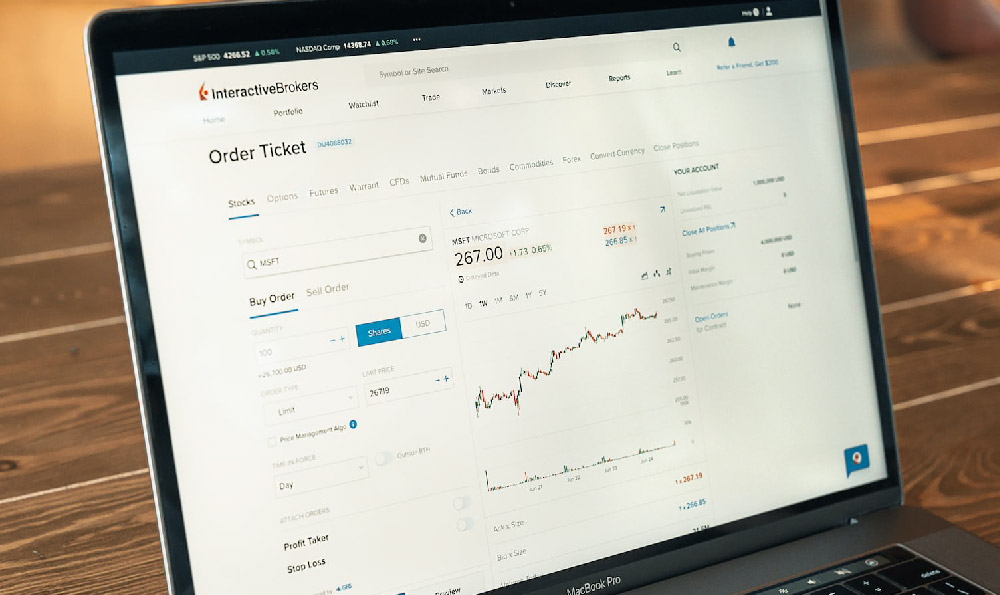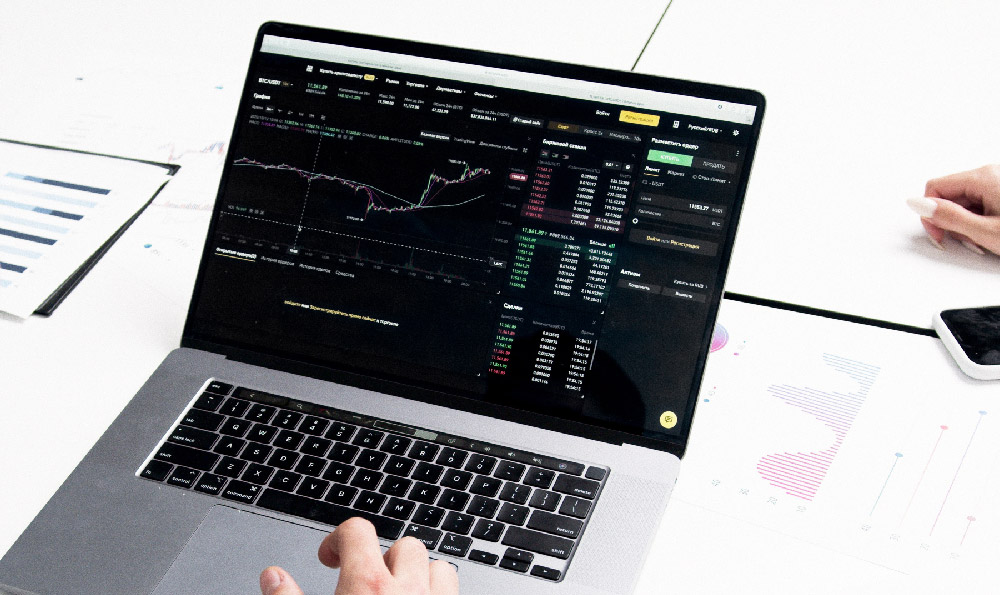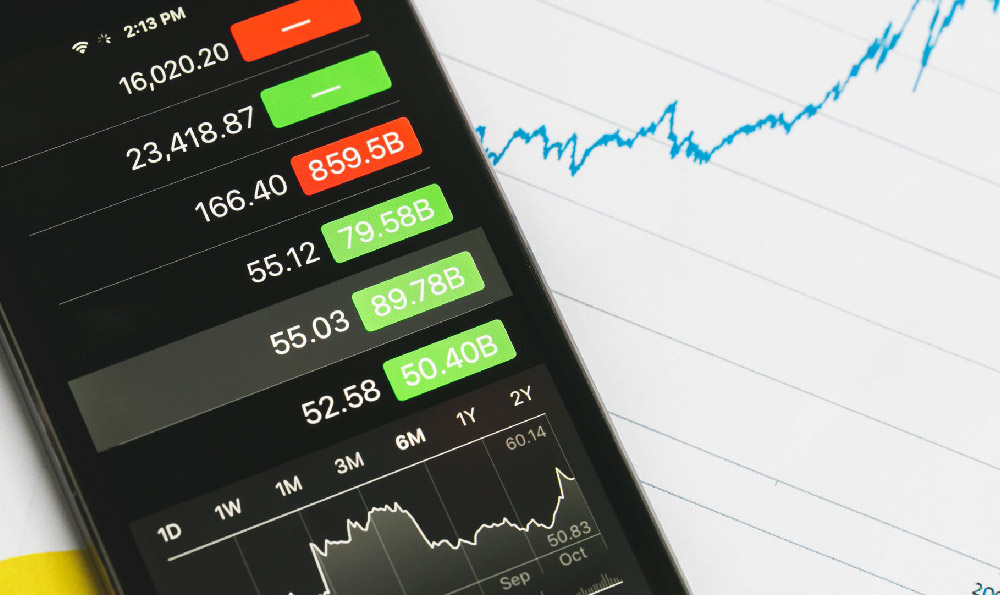Unlocking financial freedom from the comfort of your home is a dream shared by many. While the allure of passive income streams and flexible schedules is strong, it's crucial to approach the world of virtual currency and online investment with a calculated and informed strategy. The digital landscape is rife with opportunities, but also with potential pitfalls that demand a sharp eye and a disciplined approach. Let's delve into some avenues for building wealth from home through strategic virtual currency investment, focusing on long-term gains and risk mitigation.
The foundational element of any successful virtual currency journey is comprehensive education. Understand the underlying technology. Don't simply chase hyped-up coins based on social media buzz. Delve into the blockchain technology that powers these currencies. Grasp the concept of decentralized ledgers, consensus mechanisms (like Proof-of-Work or Proof-of-Stake), and the potential for smart contracts. Resources like CoinDesk, CoinMarketCap, and academic papers exploring blockchain technology are invaluable. Understanding the technology allows you to differentiate between genuinely innovative projects and fleeting fads. A solid understanding of cryptography, network security, and game theory will also provide a significant advantage in navigating this complex landscape.
Next, master the art of fundamental analysis. Just as with traditional stocks, evaluating a virtual currency's intrinsic value is essential. This involves scrutinizing the project's whitepaper – a document outlining the project's goals, technology, team, and tokenomics. Analyze the problem the project aims to solve, the team's expertise and track record, the size and engagement of the community, and the token's utility within the ecosystem. Look for projects addressing real-world problems with innovative solutions and demonstrating a clear path to adoption. A robust team with a proven history of successful ventures is a strong indicator of a project's potential. Scrutinize the tokenomics – how the tokens are distributed, their supply schedule, and their role in the project's governance. High inflation rates or excessive team allocations should raise red flags.

Beyond fundamental analysis, technical analysis offers a complementary perspective. This involves studying historical price charts and trading volumes to identify patterns and trends. While technical analysis shouldn't be used in isolation, it can provide valuable insights into market sentiment and potential entry and exit points. Learn about common chart patterns like head and shoulders, double tops and bottoms, and triangles. Understand technical indicators like Moving Averages, Relative Strength Index (RSI), and MACD (Moving Average Convergence Divergence). These tools can help you identify overbought or oversold conditions, potential trend reversals, and optimal times to enter or exit a trade. However, remember that technical analysis is not foolproof and should be used in conjunction with fundamental analysis and risk management strategies.
Diversification is paramount in mitigating risk within the volatile virtual currency market. Don't put all your eggs in one basket. Spread your investments across a variety of coins and tokens, each with different risk profiles and potential growth trajectories. Consider allocating a portion of your portfolio to established cryptocurrencies like Bitcoin and Ethereum, which offer relative stability compared to smaller altcoins. Explore promising altcoins with solid fundamentals and innovative technologies. Include projects focused on different sectors, such as decentralized finance (DeFi), non-fungible tokens (NFTs), and metaverse applications. Diversification reduces the impact of any single project's failure on your overall portfolio.
Strategic staking and yield farming can provide passive income streams within the virtual currency ecosystem. Staking involves holding certain cryptocurrencies in a wallet to support the network and earn rewards. Yield farming involves providing liquidity to decentralized exchanges (DEXs) and earning fees from trading activity. While these activities can be lucrative, they also come with inherent risks. Understand the risks of impermanent loss in yield farming, where the value of your deposited assets can decrease due to fluctuations in the prices of the underlying tokens. Research the security protocols of the staking platform or DEX you are using. Choose reputable platforms with a track record of security and transparency. Don't chase high yields without carefully evaluating the risks involved.
Cold storage solutions offer enhanced security for your virtual currency holdings. Consider investing in a hardware wallet – a physical device that stores your private keys offline, protecting them from online hacking attempts. Popular hardware wallets include Ledger and Trezor. Store your hardware wallet in a secure location and never share your recovery phrase with anyone. Regularly back up your wallet to ensure you can recover your funds in case of loss or damage. While hot wallets (online wallets) offer convenience for frequent trading, they are more vulnerable to cyberattacks. Use hot wallets only for small amounts of cryptocurrency intended for immediate trading.
The world of virtual currency is constantly evolving, so continuous learning is essential. Stay updated on the latest news, trends, and technological advancements. Follow reputable news sources, industry experts, and academic researchers. Attend webinars and conferences to expand your knowledge and network with other investors. Be wary of social media hype and pump-and-dump schemes. Always conduct your own research before investing in any virtual currency. Remember that past performance is not indicative of future results, and virtual currency investments are inherently risky.
Finally, and perhaps most importantly, never invest more than you can afford to lose. The virtual currency market is highly volatile, and prices can fluctuate dramatically. Develop a sound financial plan that includes emergency savings and long-term investment goals. Treat virtual currency investments as a speculative asset class and allocate only a small portion of your portfolio to them. Avoid using leverage or margin trading, as these can amplify both your gains and your losses. Emotional discipline is key to long-term success in virtual currency investing. Avoid making impulsive decisions based on fear or greed. Stick to your investment strategy and resist the temptation to chase short-term gains. By embracing a disciplined and informed approach, you can navigate the exciting world of virtual currency and unlock opportunities for financial growth from the comfort of your home.











